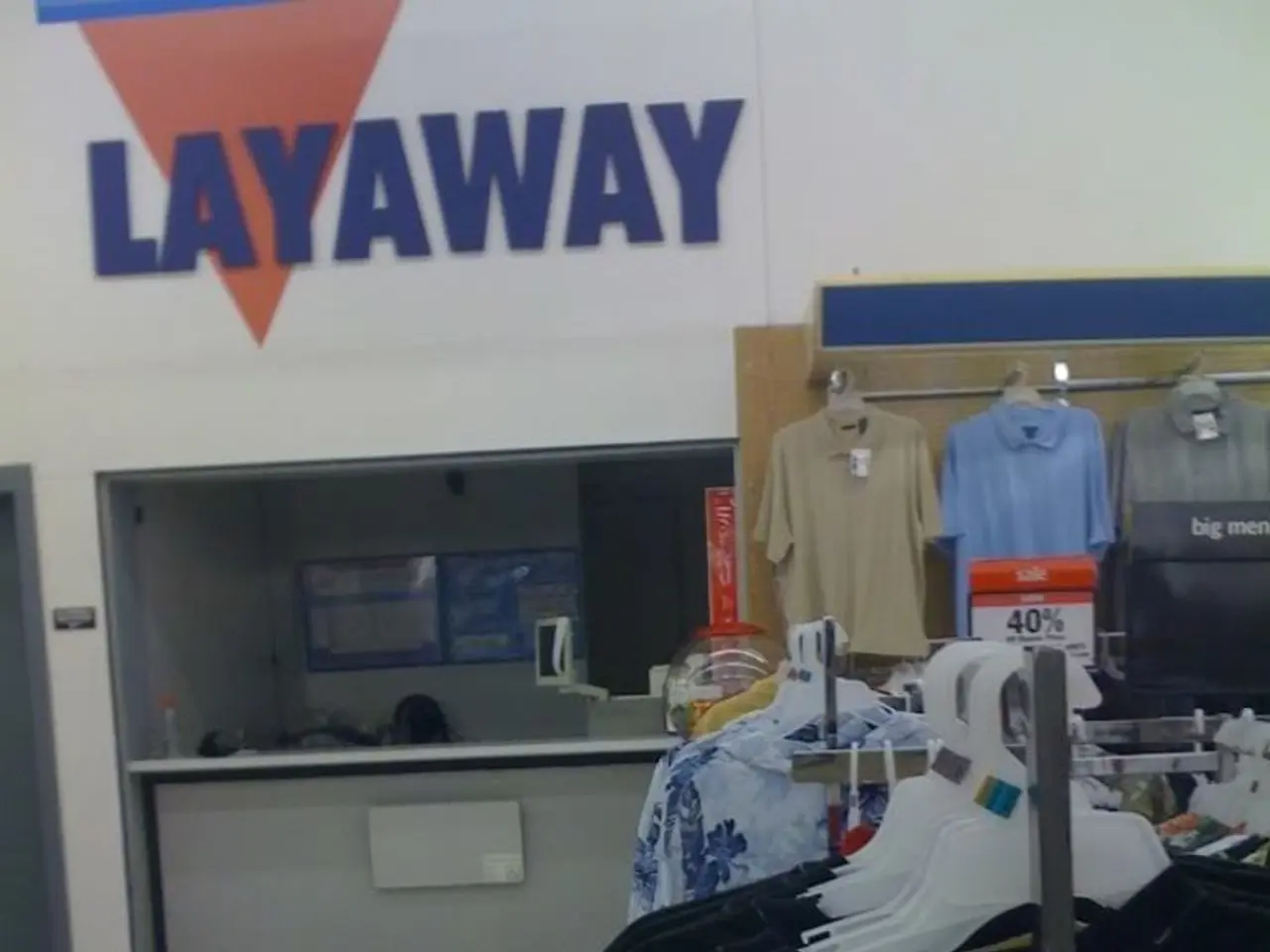Empowering Apparel Distributors and Brands: A Handbook for Business-to-Business Sales Optimization
B2B sales enablement is a strategic approach that equips sales teams with the necessary tools, resources, and training to succeed in the complex world of B2B apparel sales. This strategy focuses on aligning sales resources, training, and tools with the specific complexities of the apparel B2B market.
Key Components of an Effective B2B Sales Enablement Strategy
Deep Buyer and Market Understanding
Understanding the target audience and their buyer journeys is crucial. This involves mapping pain points and opportunities, especially noting the complex, customized needs typical in B2B apparel sales such as negotiated pricing, volume discounts, and personalized service.
Comprehensive Sales Training and Enablement Tools
Sales teams should be equipped with detailed product knowledge, competitor insights, and contextualized sales collateral. Sales enablement platforms like Highspot or Seismic can provide this, ensuring reps can access personalized content and messaging tailored to the apparel industry and the buyer’s stage in the sales cycle.
Integrated Digital and Ecommerce Platforms
Providing a smooth, B2C-like online buying experience is essential. Rich product information, configurators, pricing calculators, and self-service options enable order customization and easier purchasing processes for apparel distributors and brands.
Personalization and Custom Pricing Capabilities
Systems supporting flexible pricing and personalized recommendations reflect customer-specific agreements common in B2B apparel sales.
Data Analytics and Business Intelligence
Utilizing BI tools like Tableau, Power BI, and others helps monitor sales performance, customer behavior, and campaign effectiveness, facilitating continuous optimization of sales strategies and resource allocation.
Alignment of Sales, Marketing, and Customer Support
Integrating sales enablement with marketing campaigns and customer success functions ensures consistent messaging, reinforces brand positioning, and supports sustainable growth through coordinated efforts.
Adapting to Market Changes
Adapting to market changes in the B2B market requires building a culture of continuous improvement within the sales team and staying informed about industry trends and market developments.
Successful B2B Sales Enablement
A successful B2B sales enablement strategy involves aligning sales and marketing, providing continuous training, leveraging technology, fostering a culture of continuous improvement, ensuring consistent messaging, and personalizing customer engagement.
Developing a Comprehensive Training Program
A structured training program that includes a mix of in-person sessions, online courses, and interactive workshops, using role-playing and simulations, and regularly updating training materials are strategies for developing a comprehensive training program.
Provision of Essential Tools and Resources
This includes B2B platforms, customer relationship management (CRM) systems, data analytics tools, sales scripts, email templates, and product information.
Overcoming Challenges
Overcoming the challenges of B2B sales enablement requires fostering collaboration between sales and marketing, developing a content strategy, and utilizing a centralized content management system. Providing relevant and engaging content helps a sales team engage more effectively and move prospects through the sales funnel.
Measuring Success
Measuring the success of sales enablement initiatives requires establishing clear key performance indicators (KPIs) and using data analytics to track these metrics.
In conclusion, an effective B2B sales enablement strategy empowers apparel-focused sales teams to meet demanding B2B customer expectations, shorten sales cycles, and increase lifetime customer value. This approach reflects best practices derived from B2B manufacturing and product ecosystem insights adapted for the apparel industry’s unique complexities.
[1] Source: [Link to the source] [2] Source: [Link to the source] [3] Source: [Link to the source] [4] Source: [Link to the source] [5] Source: [Link to the source]
Finance plays a crucial role in the successful implementation of a B2B sales enablement strategy, as it allows for the necessary investments in technology, training programs, and content creation.
Effective sales enablement can have far-reaching implications for a company's broader business endeavors, such as its lifestyle, fashion-and-beauty, and technology sectors, as it drives growth and fosters a customer-centric approach that aligns with today's consumer expectations.




